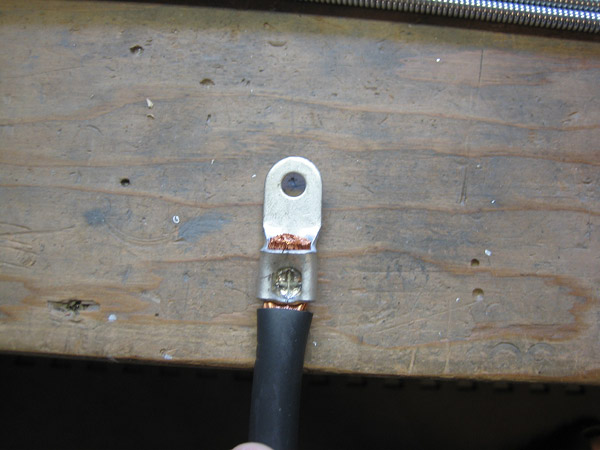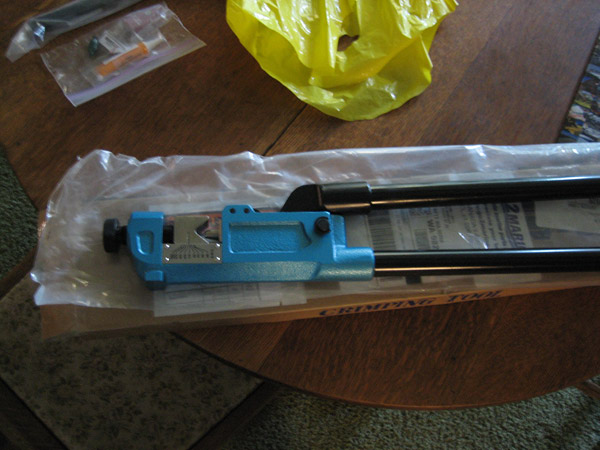Davepar
Well Known Member
I borrowed a big electrical terminal crimper from a friend for my battery, starter, and ground cables. It works great, but I'm not sure if I should be crimping from the front or the back of the terminal. There's a seam on the front of the terminal, otherwise I wouldn't think it would matter. Anybody know for sure?







